Caldwell 96
Caldwell 96 was first recorded by the French astronomer Nicolas-Louis de Lacaille in 1751 from the Cape of Good Hope in Africa.
Distance
1,000 light-years
Apparent Magnitude
3.8
constellation
Carina
object type
Open Cluster
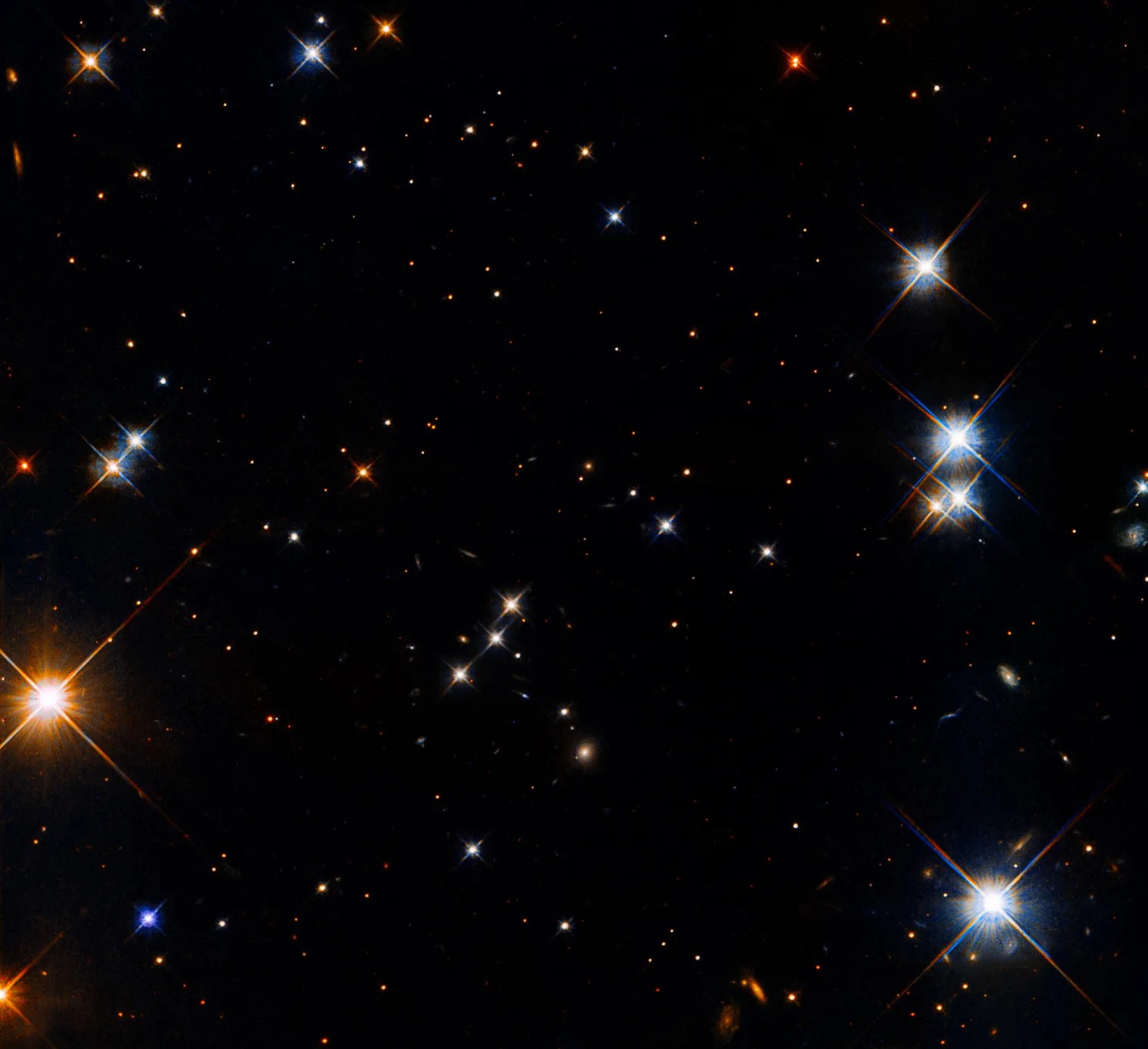
This image captures some of the shimmering stars in the outskirts of the open cluster Caldwell 96. Also known as NGC 2516 or the Southern Beehive (for its similarity to the Northern Hemisphere’s Beehive Cluster), this loosely bound swarm of stars was first recorded by the French astronomer Nicolas-Louis de Lacaille in 1751 from the Cape of Good Hope in Africa. It is a popular observing target for stargazers in the Southern Hemisphere. The cluster is located just over one thousand light-years from Earth in the constellation Carina and has an apparent magnitude of 3.8. Because it is so bright, Caldwell 96 is visible with the naked eye in dark skies. It appears as a hazy patch, but a pair of binoculars will resolve some of its roughly one hundred stars.
Part of what makes Caldwell 96 such an appealing target for observers is its brightness, but it is also notable for hosting at least three double stars that can be visually separated with a small telescope. Double stars are pairs of individual stars that appear very close together from our vantage point here on Earth. This may be because the two stars in question are gravitationally bound, orbiting around a common point, or because two unrelated stars appear very close together by chance alignment but are really at different distances from Earth. The former category is also known as a binary star system, but the double stars in Caldwell 96 fall into the second category — what are known as “optical” double stars. Observers in the Southern Hemisphere can view the cluster and its double stars most easily during late summer.
The above image of Caldwell 96 is comprised of observations taken by Hubble’s Wide Field and Planetary Camera 2 at ultraviolet, visible, and infrared wavelengths. These observations were part of a survey that took advantage of Hubble’s sensitive camera to learn more about the structures of distant galaxies and to understand the motion of star clusters.
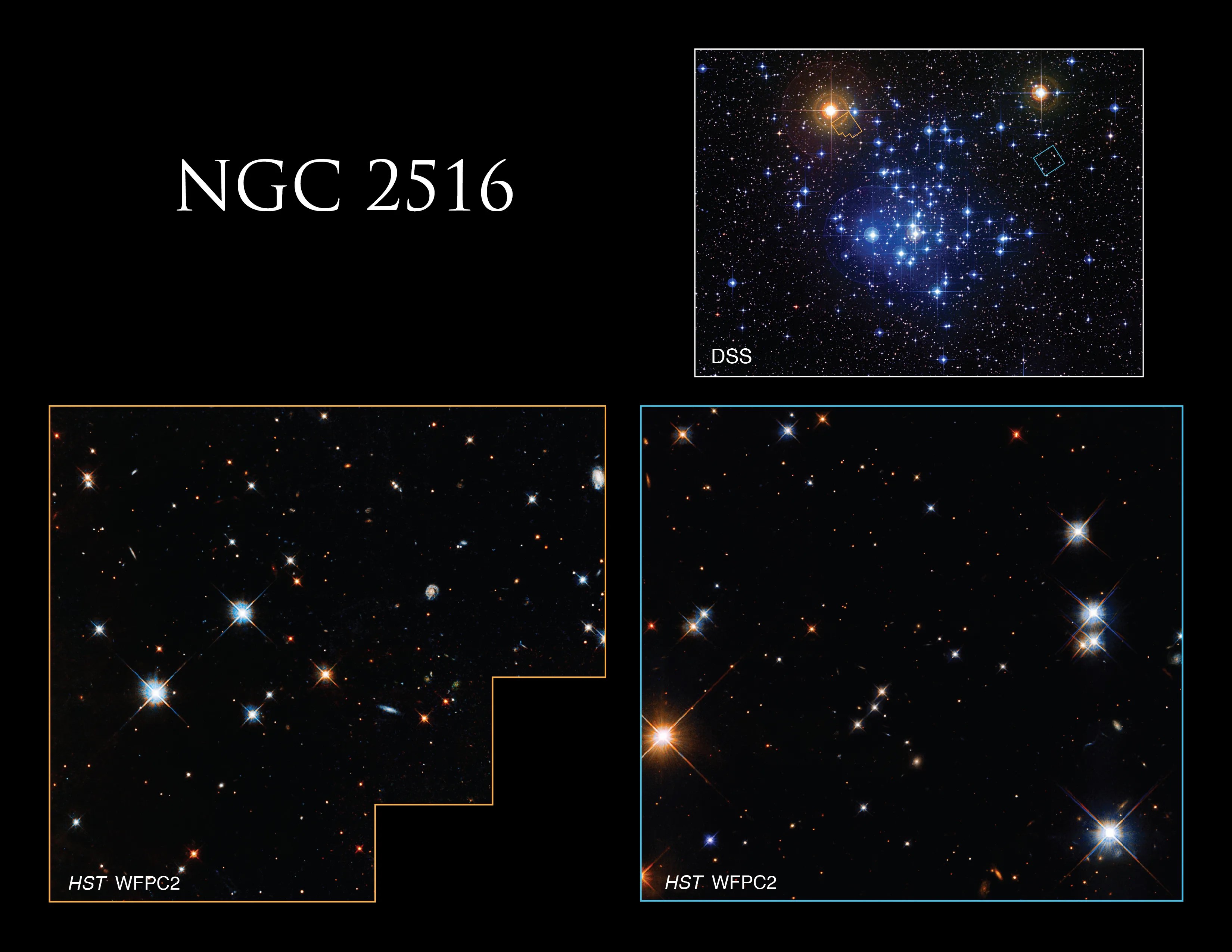
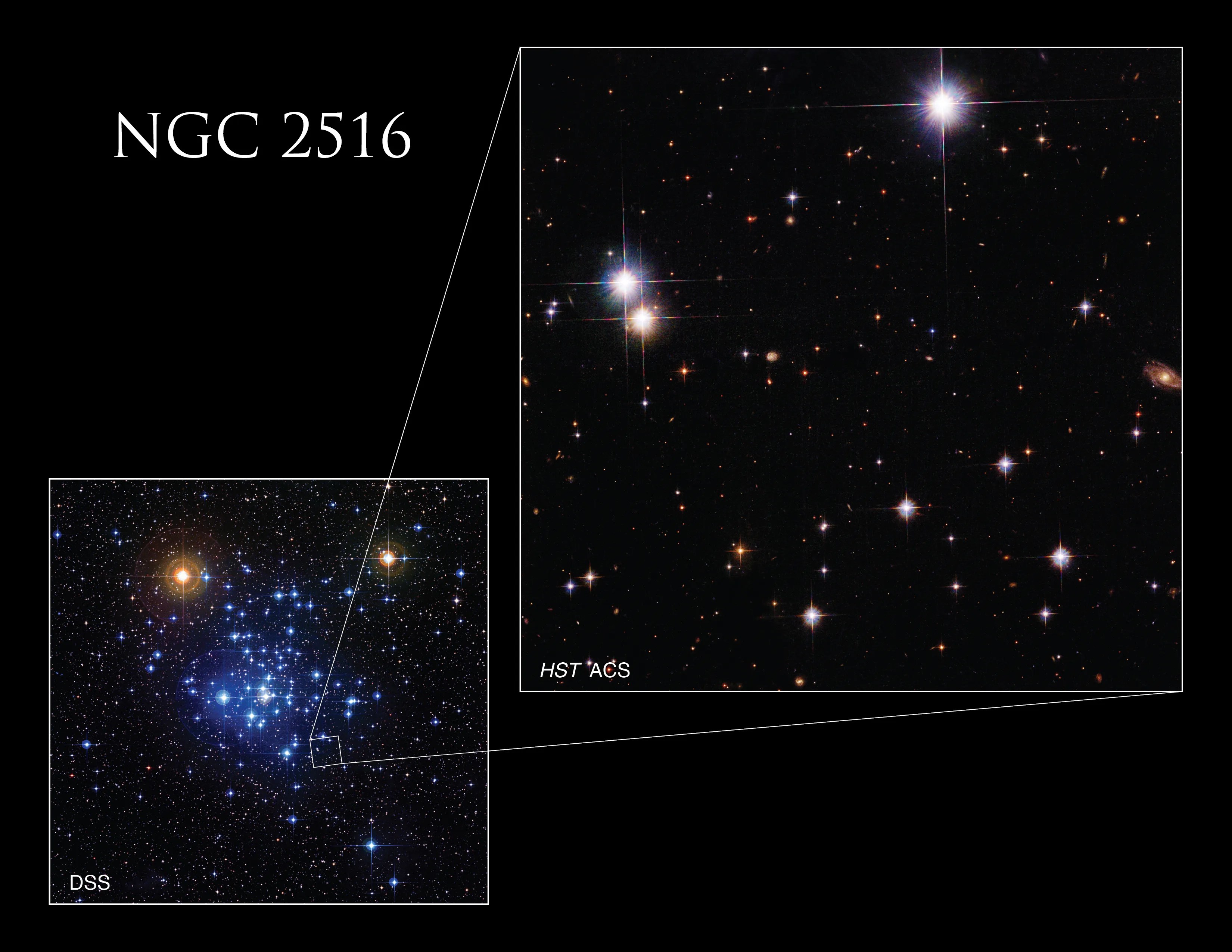
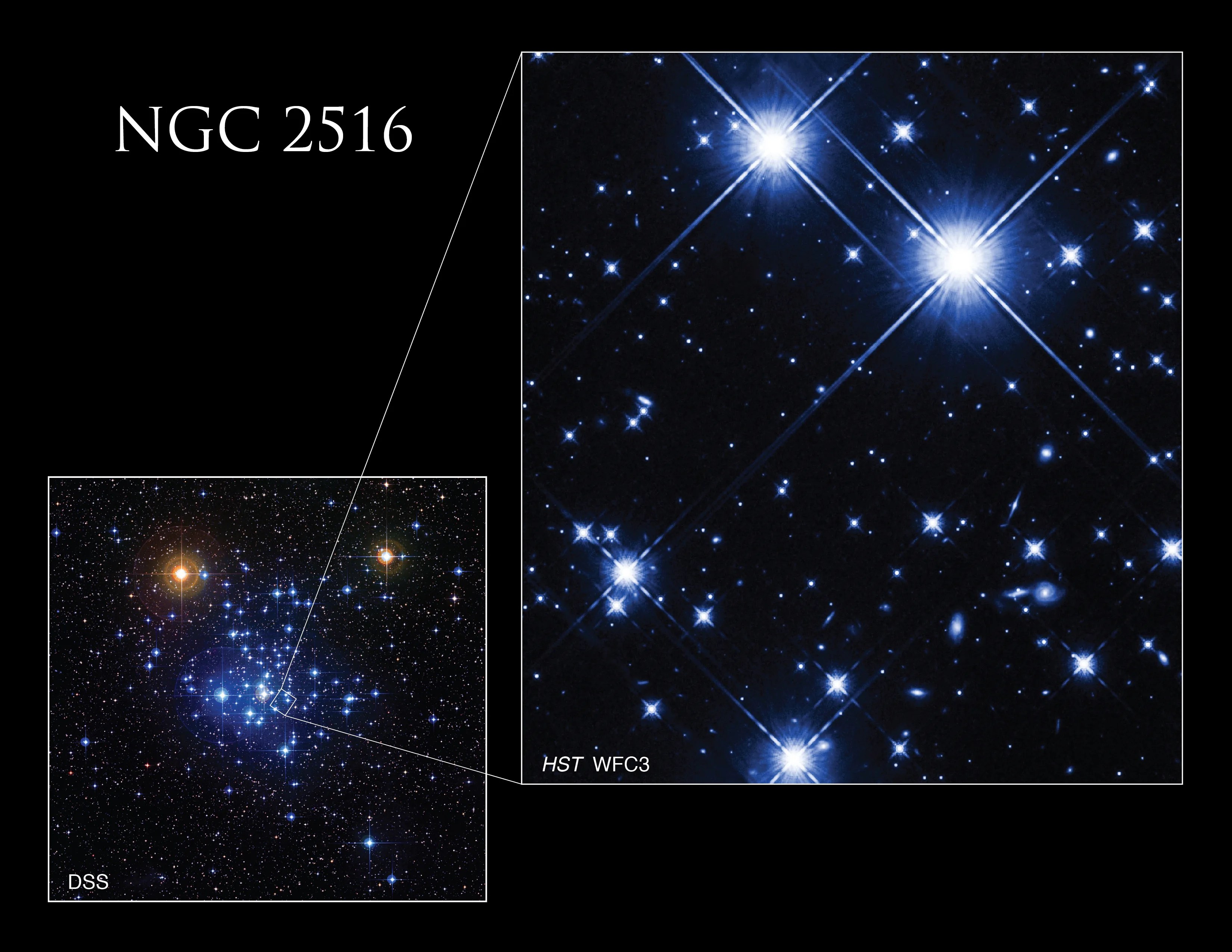
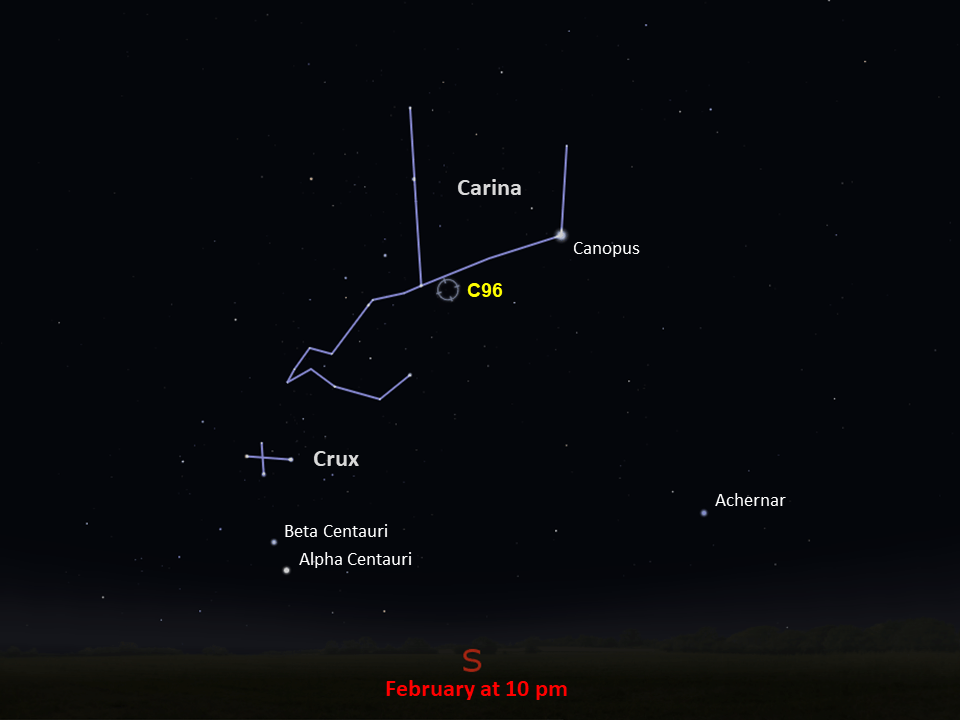
Glossary
Apparent Magnitude - The brightness of an astronomical object as seen from Earth, influenced by the object's distance from Earth, its absolute magnitude, and even gas and dust that lie between the object and Earth.
Binary Star System - Two gravitationally bound stars that orbit around a common point.
Open Cluster - A group of stars loosely bound by gravity, destined to be short lived because the gravitational interactions between members are weak enough that stars can be drawn away from the cluster by stronger gravitational forces.
Explore Hubble's Caldwell Catalog
The following pages contain some of Hubble’s best images of Caldwell objects.

Caldwell 1
Also known as NGC 188, this group of stars formed from a large cloud of gas making the stars roughly…

Caldwell 2
This shell of gas is expanding outward, away from the dying star within.

Caldwell 3
This barred spiral galaxy was first spotted by British astronomer William Herschel in April 1793 in the constellation Draco.




